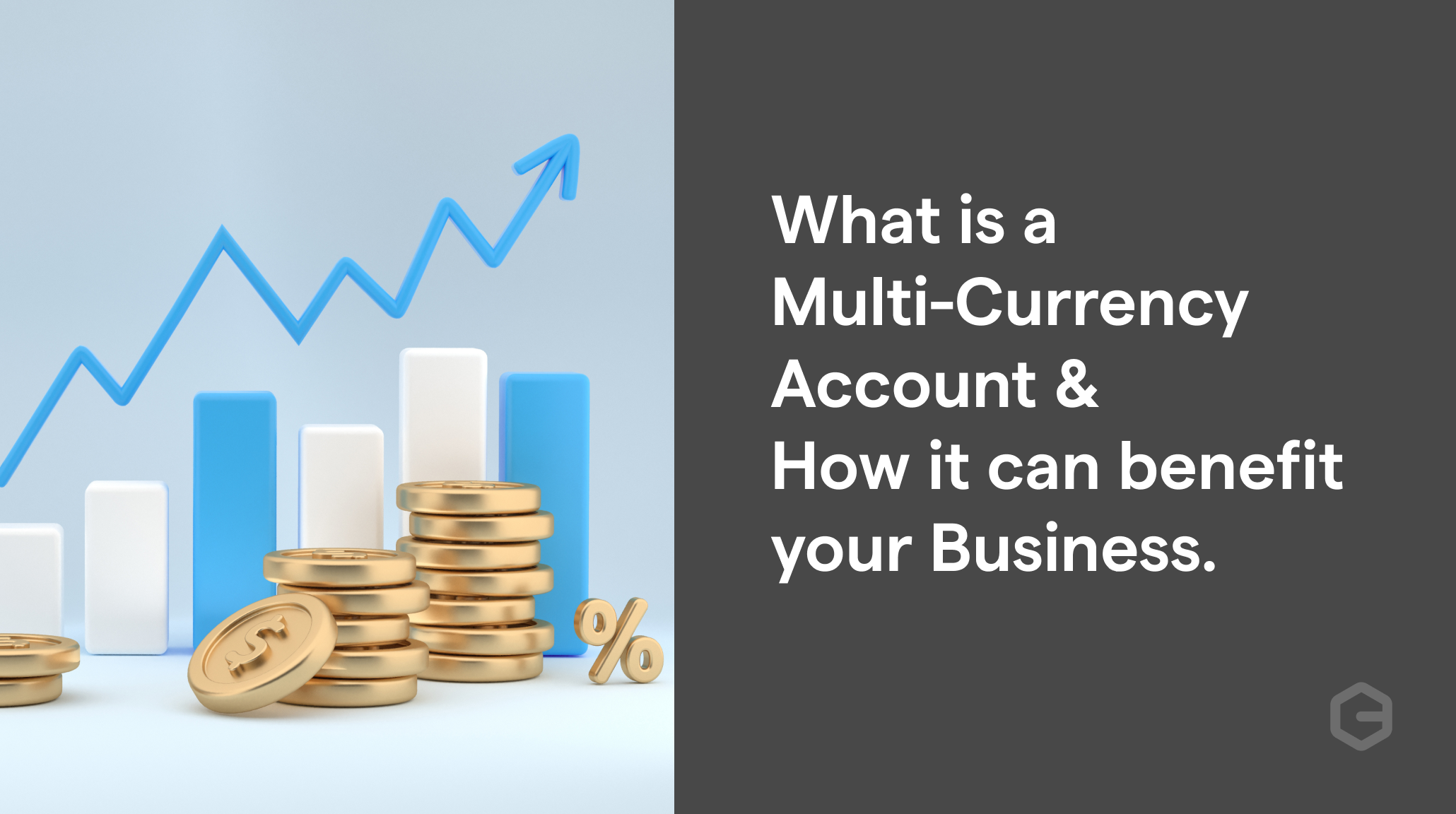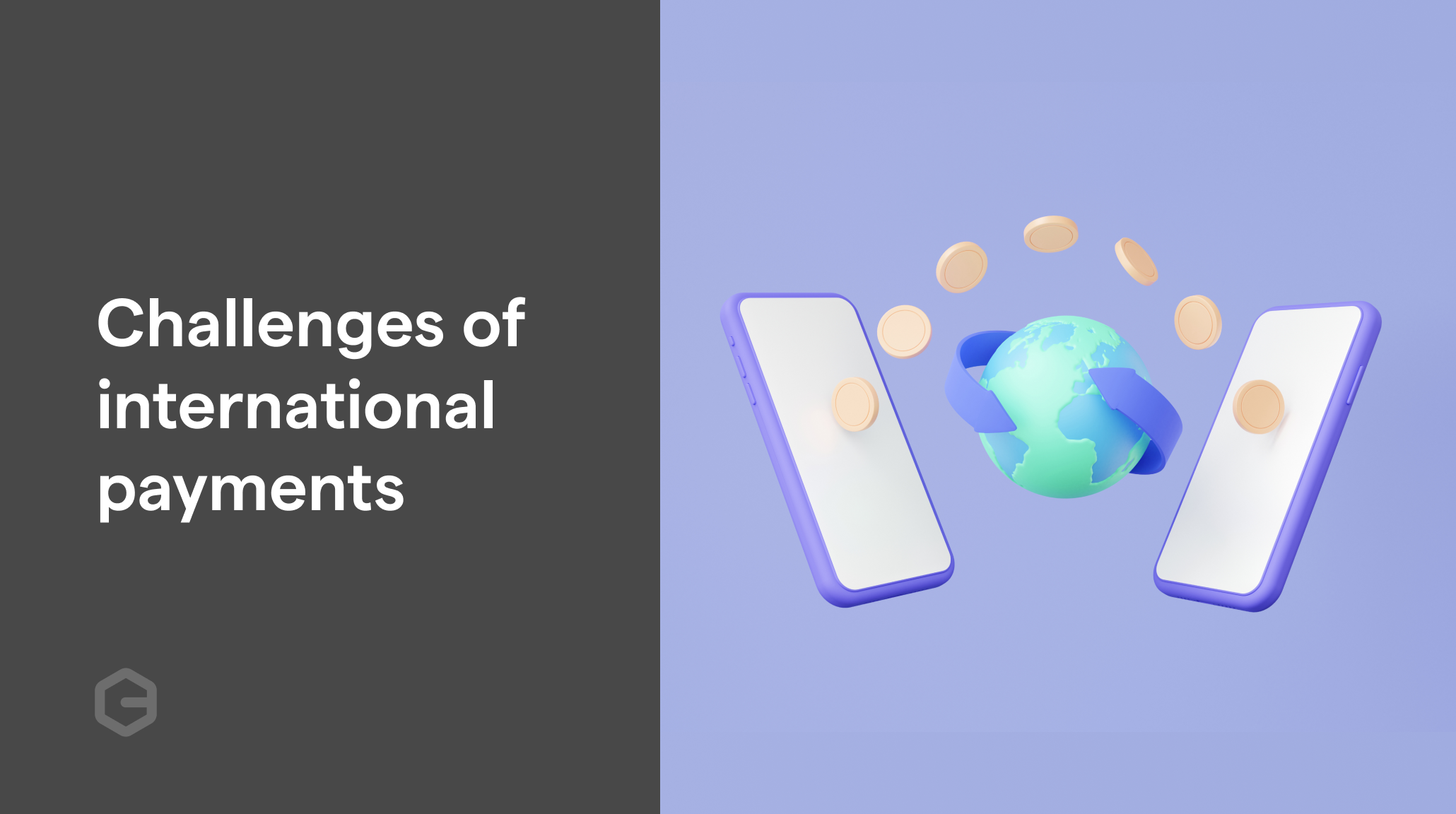Rising payment card fraud reached $44.3 billion in 2024, posing serious business risks, including financial losses, reputational damage, and costly compliance penalties. Payment tokenization helps mitigate these risks by replacing sensitive card data with unique tokens, rendering stolen information useless to fraudsters and reducing merchants’ exposure.
For merchants, tokenization lowers PCI DSS compliance costs, simplifies security requirements, and enables seamless features like one-click checkout and recurring payments. It also enhances customer experience by speeding up transactions and improving authorization rates.
This blog explains payment tokenization, how it works, and the benefits it offers. You’ll also discover real-world use cases and how tokenization supports innovations like digital wallets and contactless payments.
What is Payment Tokenization?
Payment tokenization is a security process that replaces sensitive payment information, like credit card numbers, with a unique identifier called a token. This token doesn’t carry any value on its own. Instead, it acts as a reference that can be used during transactions without exposing the original card details.
The main goal is to reduce the risk of fraud and data breaches. Since tokens can’t be reverse-engineered to reveal the original data, merchants and payment processors can handle transactions securely without storing or transmitting sensitive card information. This limits exposure and protects both consumers and businesses.
How Does Payment Tokenization Work?

Tokenization works behind the scenes in digital transactions, making payments simple and secure without the cardholder even noticing. First, the card details are tokenized, replaced with a unique token, and then used to process the payment. Here’s how it works.
Customer Initiates Payment
When customers enter their payment information (e.g., card number, expiry date) during a transaction, the merchant’s system captures the data. The merchant does not store this sensitive information but immediately sends it to a tokenization system.Token Request to Token Service Provider (TSP)
The merchant’s system sends the payment data to a Token Service Provider (TSP), a bank, a payment network (e.g., Visa, Mastercard), or a third-party tokenization platform.
For example, PayGlocal offers tokenization services to enhance payment security and ensure that your customers’ sensitive information is never stored on your servers but handled in a PCI DSS-compliant environment.Token Generation
The TSP generates a unique, randomized token unrelated to the original card data and meaningless outside the specific transaction or system it is created for.Secure Storage of Original Data
The original payment data is stored in a highly secure token vault, a PCI DSS-compliant database managed by the TSP. The vault acts as a centralized repository, mapping tokens to their corresponding Primary Account Numbers (PANs). Only authorized systems can access this vault to detokenize data when necessary.Token Returned to Merchant
The TSP sends the generated token back to the merchant’s system. The merchant replaces the sensitive card data with this token in their records.Transaction Authorization
The token is sent to the payment network (e.g., Visa) for authorization when the merchant processes the payment. The network routes the token to the cardholder’s bank (issuer) via the TSP, which detokenizes it by matching it to the PAN stored in the vault. The bank verifies fund availability and approves or declines the transaction.Completion of Transaction
If authorized, the payment network confirms the transaction using the token, and the merchant completes the sale. The token can be reused for recurring payments (e.g., subscriptions) without exposing the original card data.
Tokenization can protect not just credit card numbers, but any sensitive information like social security numbers or medical records, by replacing them with tokens with no usable value outside their specific use.
Explore: Stay Ahead of Fraud: Understanding Liability Shift in Card Payments
Benefits of Payment Tokenization
Payment tokenization enhances security by replacing sensitive card data with secure tokens, reducing fraud risk. It simplifies compliance requirements and speeds up transaction processing, creating a safer payment experience for businesses and customers.
Improved Data Security: Tokenization replaces sensitive card details with secure tokens, protecting payment data during storage and transmission. Even if tokens are intercepted, they can’t be used fraudulently, helping businesses safeguard customer information.
Easier PCI DSS Compliance: Tokenization reduces the amount of sensitive data merchants handle, simplifying compliance with PCI DSS(Payment Card Industry Data Security Standard). By replacing real card data with tokens, businesses lower the scope of their compliance efforts, cutting costs and streamlining the process.
Faster Payment Processing: Tokens are random codes unrelated to actual card data and require less encryption, allowing quicker transaction processing. This speeds up checkout and enhances the customer experience, especially when combined with payment gateway tokenization.
Minimized Impact of Data Breaches: If a breach occurs, tokenization ensures only non-sensitive data is exposed, limiting fraud risk and protecting both your customers and your brand reputation from damage.
Compatibility with New Payment Technologies: Tokenization supports emerging methods like digital wallets, cryptocurrencies, and contactless payments, allowing businesses to adopt innovative, secure payment options without compromising safety.
Businesses should know that tokenization comes in several forms, each designed for specific use cases and payment environments.
What are the Different Types of Payment Tokens?
Payment tokens come in various forms, each created by different players in the payment ecosystem, such as acquirers, issuers, card networks, or merchants. These tokens enable safe and efficient transactions across various channels.
Acquirer Tokens: Generated by the acquirer (the bank processing payments for the merchant) when handling transactions. These tokens are unique to each acquirer and are returned to the merchant as part of the transaction response. Only the acquirer controls and can use these tokens.
Issuer Tokens: Created by the card issuer (the bank that issued the card) for specific uses, such as mobile wallets, Apple Pay, Google Pay, or PhonePe. These tokens are delivered to the cardholder’s device or app. Since they belong to the issuer, they’re less useful within the merchant’s own systems.
Network (Scheme) Tokens: Produced by card networks such as Visa, Mastercard, or American Express. These tokens function like issuer tokens but come directly from the card networks rather than the issuing banks.
Payment Tokens: A newer type, generated within a token program on behalf of one or more card issuers. Both merchants and cardholders can request these tokens for exceptional cases. For example, a cardholder requesting a device-specific token when paying through a mobile app.
Merchant Tokens: They are created specifically for a merchant by a chosen provider after a cardholder makes a payment. Although generated by a third party, the merchant owns these tokens and can use them to improve customer experiences and manage payments across multiple acquirers.
Payglocal integrates multiple token types. It uses network tokens (Alt IDs) to process secure guest checkout transactions.
Tokenization provides robust security for payment data. It's often compared with encryption, another common security measure. Understanding the differences between these two approaches helps clarify why tokenization has become the preferred solution for many payment scenarios.
What is the Difference Between Tokenization and Encryption
Tokenization and encryption safeguard credit card information and improve data security. There is a clear difference in how they operate, and here is a table explaining the difference.
| Criteria | Encryption | Tokenization |
|---|---|---|
| How it Works | Converts readable data into scrambled ciphertext using an algorithm and a key | Substitutes sensitive information with a unique, randomly generated token |
| Types of Data Supported | Can protect both structured data (like payment cards) and unstructured data (files, emails) | Primarily protects structured data such as payment card numbers or social security numbers |
| Typical Use Cases |
|
|
| Data Sharing | Data can be shared with parties who have the encryption key | Data sharing is limited since tokens require access to a secure token vault |
| Security Considerations | Encrypted data leaves the organization but remains unreadable without the key | Original sensitive data stays within the organization and is never exposed externally |
| Format Preservation | Format-preserving encryption maintains data format but may weaken security slightly. | Tokens keep the original data format without compromising security. |
Encryption was once the go-to solution, but now payment tokenization has become more popular as it offers a safer and more cost-effective way to protect customer data.
What Are Some Real-World Examples of Tokenization?
Tokenization is widely used across various payment settings today, such as the following:
In-store payments: Physical retailers replace customers’ card numbers with tokens after card swipes or taps at the point of sale, keeping actual card details secure.
Mobile wallets: Apple Pay, Google Pay, and Samsung Pay use tokenization to protect smartphone transactions by substituting real card data with unique tokens.
NFC mobile wallet transactions: Contactless payments made through NFC (Near Field Communication)-enabled devices also rely on tokenization to secure data during tap-to-pay.
E-commerce: Online stores tokenize payment information for recurring purchases, enabling fast, one-click checkouts.
Subscription services: Companies with recurring billing, like SaaS providers, securely store card credentials using tokens for ongoing payments.
Global payments: Exporters, freelancers, and international platforms use tokenization to secure cross-border transactions, safeguarding sensitive data while facilitating smooth payments across multiple currencies.
Payment platforms and gateways such as Payglocal are vital in managing token creation. They securely map tokens to original data during transactions. Their services handle the heavy lifting of token vault management, security compliance, and API support, allowing businesses to adopt tokenization without building complex infrastructure from scratch.
Also read: Understanding Payment Transaction Processing and Types
Conclusion
Payment tokenization offers businesses a powerful way to enhance security, reduce fraud risk, and simplify compliance by replacing sensitive data with secure tokens. Implementing tokenization involves partnering with trusted service providers and integrating their solutions into payment systems, ensuring customer data stays protected throughout every transaction.
As digital payments evolve, tokenization remains critical for safeguarding information and building customer trust. Solutions like Payglocal incorporate advanced tokenization techniques, empowering local or global businesses to deliver secure, smooth, and reliable payment experiences across borders without compromising safety. Get Started Today!
FAQs
Do multi-use tokens exist?
Yes, tokens can be either single-use (non-persistent) or multi-use (persistent). A persistent token stays the same for a repeat customer, allowing their data to be recognized each time they purchase. This simplifies recurring transactions while ensuring your systems never store or expose the original card details.
What is the Impact of tokenization on businesses?
Tokenization boosts online security by removing the need to store actual credit card numbers in systems. By storing tokens instead, businesses reduce the risk and cost of data breaches since stolen tokens are useless to hackers.
What is the Impact of Tokenization on Customers?
Tokenization offers customers peace of mind by making stolen tokens useless without the tokenization system. Since different tokens are generated for the same card across platforms, even if one is compromised, retrieving the actual card details is nearly impossible.
Who Provides Tokens?
Tokens are issued and managed by token service providers, which can be payment networks, card issuers, or other authorized companies meeting industry standards.


